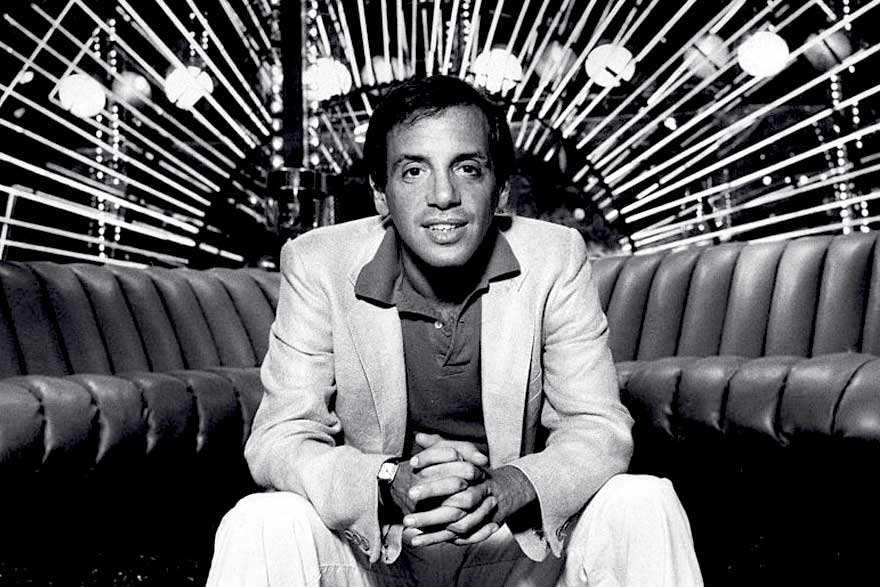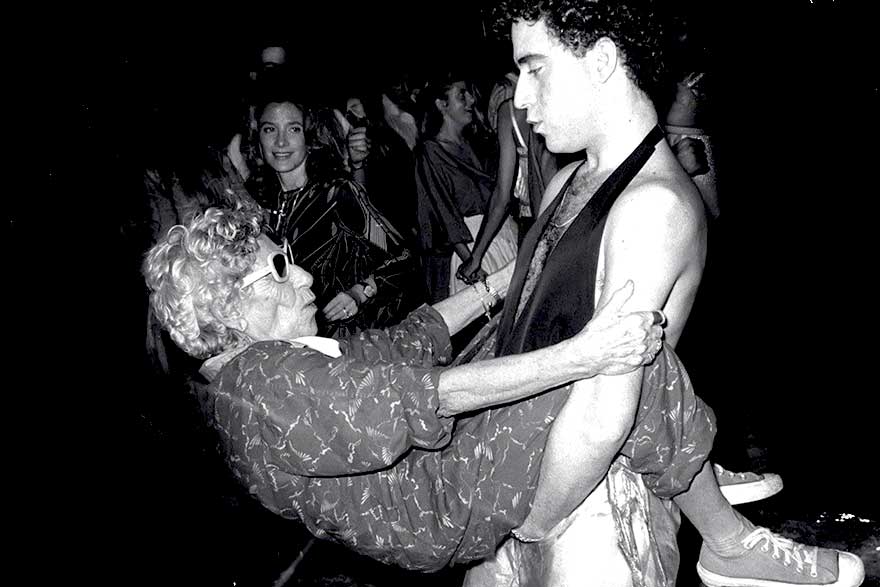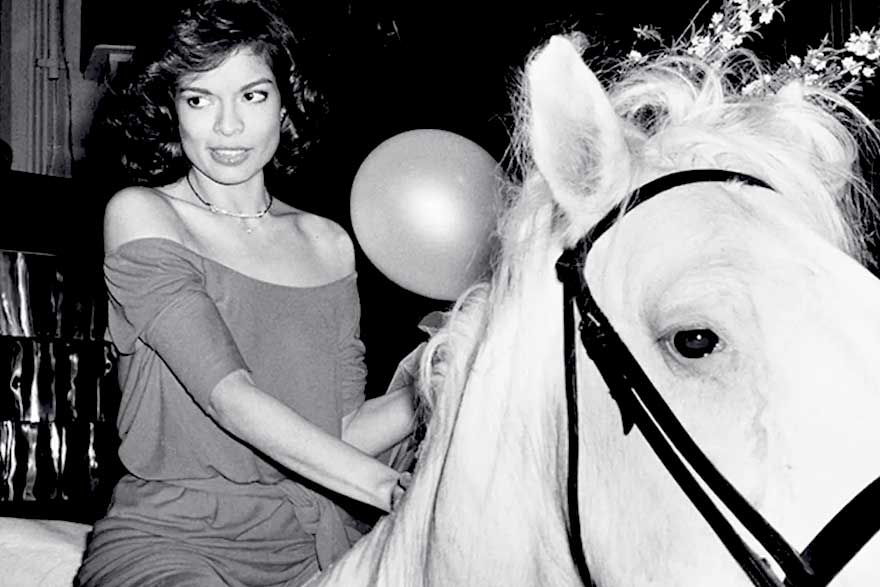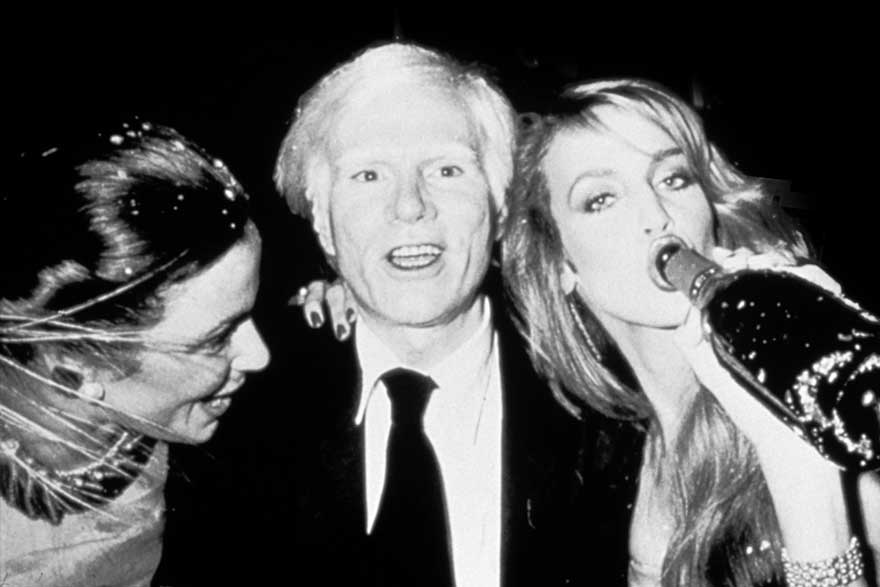Studio 54 was said to be as close to magic as one could hope to manufacture.
The nightclub that emerged in 1977 New York City got its soon-to-be iconic name from its location, Midtown Manhattan’s West 54th Street.
It is still unclear how the club, which once housed a CBS television-radio studio dubbed Studio 52, rose from obscurity under the guidance of co-founders Steve Rubell and Ian Schrager.
Studio 54 became the household name it is today, as well as the hotspot of the 70s disco era. Perhaps it was the ever-present slew of cocaine (and other drugs), the rotating roster of celebrities, the owner’s longstanding tax evasion, a combination of all of these elements, or something else entirely.
It seems impossible to pinpoint its success, and even those who attended Studio 54 in its prime, seem to agree that it’s everlasting sense of mystique and magic is indescribable.
Many have also tried to recreate the club’s magic, including Ian Schrager – one of the original co-founders of Studio 54 – who opened a new NYC nightclub called “Paradise Club” in the heart of Times Square.
And yet, even he admits the spirit of Studio 54 is forever frozen in time, impossible to recreate or explain.
This ineffable effect the club seemed to have on, not only it’s attendees but on pop culture as a whole, is described as the ‘Studio 54 effect’.
While Studio 54 surely impacted many areas of pop culture, with iconic artists and musicians such as Andy Warhol, David Bowie, and Grace Jones making up the fabric of the club, it was the studio’s impact on fashion that will serve as the concentration for this article.
Below, we will examine 5 specific fashion icons that ruled Studio 54 in its prime and continue to have lasting impact on modern pop culture.
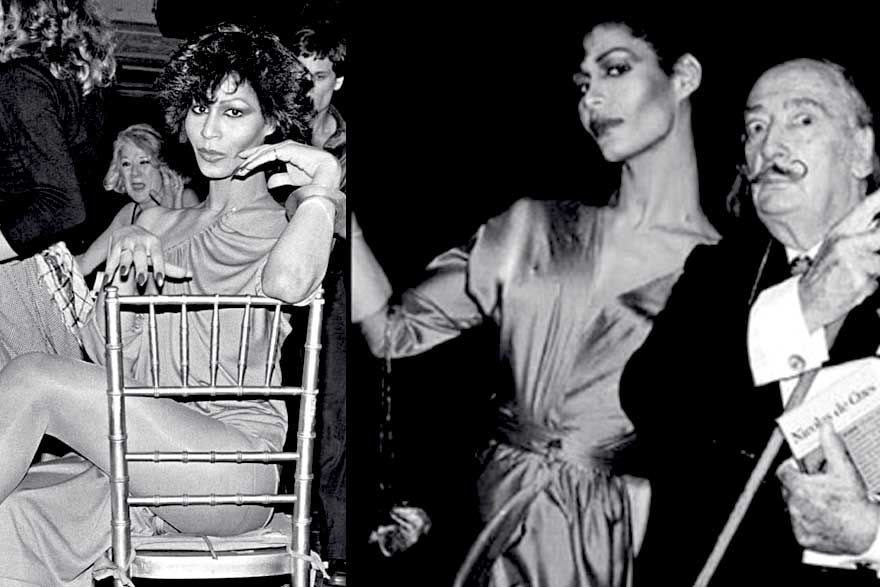
Potassa De La Fayette: Trans Woman, Drag Performer, & Salvador Dali
It is impossible to speak about Studio 54 without addressing its incredible 2SLGTBQ+ legacy.
Studio 54 served as a safe space for many queer icons and trendsetters, including the likes of Andy Warhol, Grace Jones and Potassa De La Fayette.
In fact, Studio 54 was inspired by local New York City gay bars and disco bars. The venue owes a large portion of its success to black-owned 1970s disco clubs, which first popularized the inclusivity and queer safe nightclub environments that Studio 54 became known for.
Potassa De La Fayette was a trans woman and drag performer, who was embraced by Studio 54 in the late 1970s, during a time when very few safe queer spaces existed, especially for trans women. She was part of Salvator Dali’s artist troupe, and was both a muse and friend of Andy Warhol’s.
De La Fayette was a high fashion model whose fashion sense graced the nightclub on a consistent basis during its heyday of 1977-78.
Although there is very little documentation available online about Potassa’s life and post-Studio 54 endeavors, there are many iconic pictures that demonstrate her vibrancy on the dance floor, along with her incredible style.
Disco Sally: A 77-Year Old Marvel & Lawyer Who Frequented Studio 54 Often
Perhaps one of the most eclectic and unexpected stars of Studio 54 was a New York lawyer in her 70s. With her small frame and eclectic dance moves, she took both the NYC club scene and her 26-year old beau by storm in Studio 54’s prime.
Disco Sally was known to represent the essence of what Studio 54 strived to be: authentic, vibrant, and free. Sally did not let age hold her back and she revolutionized what it meant to mature within the disco scene.
At 77 years old, in 1978, Sally was known to captivate even the most “elite” attendees of the notorious nightclub.
Sally was not famous prior to Studio 54 and she represented the true magic of the club – its consistent ability to embrace people at their most authentic, no matter how unconventional. Studio 54 embraced people for who they were and did not ask them to compromise to societal standards.
The only rule to be accepted beyond the club’s notorious velvet rope was to have fun, add to the bustling atmosphere of the club and never wear polyester – rules that Disco Sally not only adhered to but prospered at.
Sally’s fashion sense may have been unconventional when compared to the modern “Chic” attire of Studio 54’s most recognizable club goers, but her vibrancy and lust for life gave her every outfit an iconic flair.
Bianca Jagger: Riding On A White Horse Through Studio 54 Made Her An Icon
Perhaps one of the most well-known style icons of the 1970s, Bianca Jagger was first brought into the spotlight after marrying Rolling Stones frontman Mick Jagger.
Though her affiliation with Mick may have been the original catalyst for her fame, Bianca soon established herself as a star in her own right, forging her way into becoming one of the most recognizable fashion icons of modern day pop culture.
Celebrated by fellow musicians, designers and artists alike, Jagger was often counted as a friend of fellow Studio 54 attendees and icons such as David Bowie, Andy Warhol, Halsten, Elizabeth Taylor, and Studio 54 co-owner Steve Rubell.
Bianca’s ineffable fashion sense and overall “It Girl” status made her an irreplaceable part of Studio 54’s guestlist and a consistent muse of many of its other attendees (such as Warhol).
Bianca’s link to Studio 54 was immortalized in the photographs of Rose Hartman, taken on Jagger’s 27th birthday on May 2nd, 1977. The photos represented the true hedonistic nature of the club, with Jagger riding around Studio 54’s dance floor on a majestic white horse. Her stunning red halter dress stood out against the horse’s snowwhite fur and the photos took on a life of their own, reaching icon status almost immediately after they were taken, and becoming irreversibly associated with the mythology of Studio 54.
To this day, the photos of Jagger grace countless magazine articles associated with Studio 54, including but not limited to, Vanity Fair, The Guardian, and Vogue.
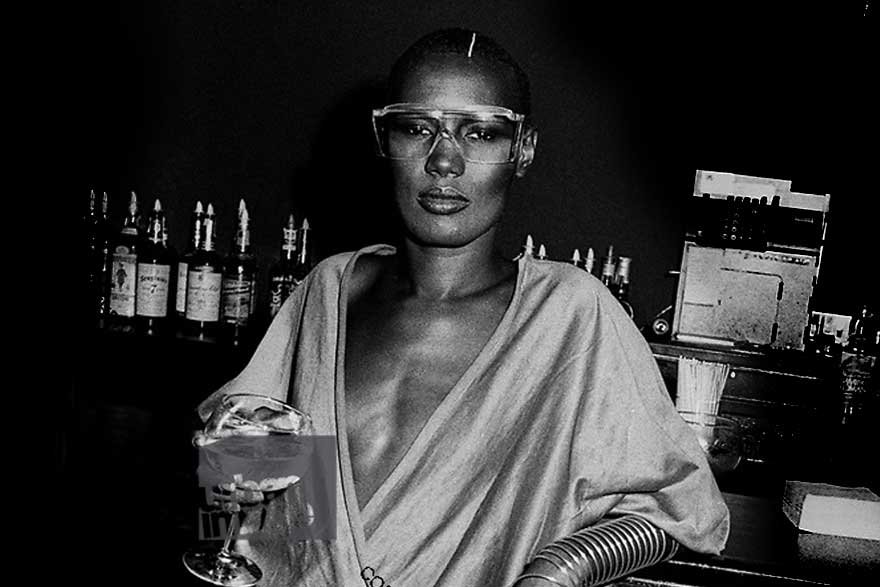
Grace Jones: What Lady Gaga Later Went On To Duplicate, She Was The Original
Model, singer, songwriter, record producer, actress, and overall pop culture icon, Grace Jones was one of the most fashionable attendees of Studio 54.
Jones brought a sense of adventure to her every ensemble, popularizing daring, provocative and gender-bending fashion statements that would later be emulated by artists such as Lady Gaga.
Grace Jones was and continues to be an icon within the fashion world, a muse of many and a barrier breaking artist in many capacities.
She revolutionized what it meant to be a woman in mainstream fashion, and explored masculinity and gender non-conformance within her everyday fashion choices, as well as her most popular fashion statements.
Studio 54 was a place that encouraged artistic exploration and originality, making Grace Jones’ attendance at the club a given. She remains one of the most recognizable and revolutionary fashion icons of the 70s, 80s, 90s, and beyond and her various fashion statements at Studio 54 represent just a small fragment of her legacy and impact.
Despite her many accomplishments outside of Studio 54, the photos captured of the model/singer within the iconic studio continue to inspire designers, models and aspiring artists alike.
Andy Warhol: The Multidisciplinary Artist That Studio 54 Seemed To Be Made For
It would be impossible to write an article about Studio 54’s most influential and fashionable attendees without mentioning Andy Warhol.
The iconic multidisciplinary artist and photographer, film director, and producer holds an indisputable place within 20th century American pop culture.
The artist is known for everything from his artistic interpretation of Campbell Soup advertisements (and his use of the art piece as commentary on American mass consumerism) to being the mastermind behind his studio apartment-turned-interdisciplinary art space, the Factory.
While Warhol’s attendance at Studio 54 had more to do with his love for the club’s free atmosphere than his need to stand out, Warhol still ended up featuring in many of the most iconic shots taken at the studio.
While his fashion style was modest and fairly consistent – Warhol usually sported some variation of a dress shirt, tie and blazer ensemble with jeans – it is his photographs that are counted amongst the most legendary of the era.
Warhol’s unwavering love of documentation was demonstrated through the star-studded shots he took at the club, capturing some of the most influential fashion moments of the club’s three year run.
Studio 54 Will Never Be Forgotten For What It Brought Forth In Fashion Culture
The roster of celebrities and fashion/pop culture icons that graced Studio 54’s dance floor throughout its three-year prime is incredibly lengthy and there are thus many names that did not make this list.
Everyone who attended made and continue to make up the legacy of Studio 54 and were left out solely due to length requirements for the article.
Honorable mentions must go to Debbie Harry, Cher, Tina Turner, Liza Minelli, Brooke Shields, Calvin Klein, Patti Smith, Mick Jagger, Stevie Wonder, Diana Ross, and more (many of whom feature in some of the pictures included within this article).
There are also countless names that were never noted, people that came from all over the world to grace the Studio 54 dancefloor and made up the very essence of Studio 54’s legacy.
Though much of the conversation today about Studio 54 focuses on the many iconic celebrity appearances within the mythical nightclub, it was the lesser-known club goers who lined up for hours behind the velvet rope hoping to impress the bouncer with their fashion choices that made up the fabric of the club and its reputation for inclusivity.
In many ways, it was the mix of celebrity and regular clubgoers that made Studio 54 so magical. It was a place that welcomed everyone, so long as you were open to a good time!
With the evolution of celebrity culture creating a greater divide than ever between the public and famous figures, Studio 54 may have been the last of its kind. With no one else having been able to capture the same magic since, Studio 54 remains a cultural landmark frozen in time, ensuring its legacy continues to live on.
Author’s Note
It is important to note that Studio 54 welcomed many queer people around the time that the AIDS epidemic took hold and devastated queer communities across the globe.
Steve Rubell, the original founder of Studio 54, who is said to have been a member of the LGTBQ2S+ community, passed away from AIDS-related complications in 1989.
Steve Rubell was an entrepreneur and a dreamer whose impact continues to live on alongside every memory and mention of Studio 54.
